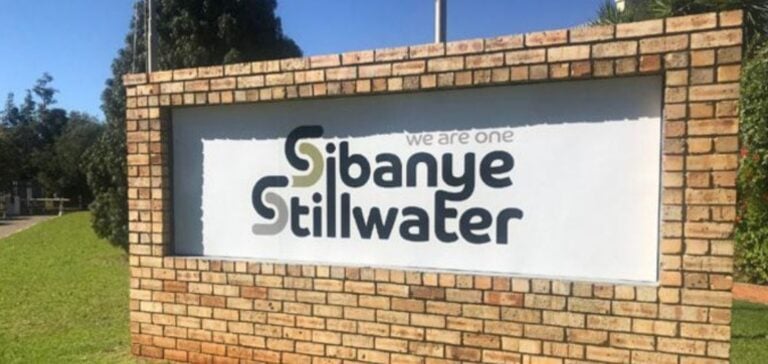Sibanye-Stillwater, one of the world’s leading producers of precious metals, recently signed an agreement for a 140 MW wind power project, the Umsinde Emoyeni wind farm. This project, located on the border between the Northern Cape and Western Cape provinces in South Africa, aims to supply Sibanye-Stillwater’s local operations from the fourth quarter of 2026 via a secure transmission agreement with Eskom.
Financing Structure and Project Partners
The project will be fully financed and operated by a consortium led by African Clean Energy Developments (ACED) and Energy Infrastructure Management Services (EIMS Africa), the renewable energy asset development and management platforms of African Infrastructure Investment Managers (AIIM). Reatile Renewables is also a shareholder. AIIM, a division of Old Mutual Alternative Investments (OMAI), has invested via its IDEAS Fund, one of the largest domestic infrastructure funds in South Africa. Rand Merchant Bank (RMB), a division of FirstRand Bank Limited, is the sole mandated lead arranger for this project.
Economic and strategic impact
With this project, Sibanye-Stillwater will increase its total renewable energy capacity under construction for its exclusive use to 407 MW. This will enable the company to secure 70% of its long-term energy needs in South Africa, reducing its dependence on traditional energy sources. This combined renewable capacity will also enable Sibanye-Stillwater to benefit from more competitive energy tariffs, which could improve its operating margins and competitiveness on the global market.
Strategic Objectives and Competitive Advantages
Sibanye-Stillwater CEO Neal Froneman emphasized that the financial closing of the Umsinde Emoyeni wind project represents a key milestone for the company in its efforts to diversify its energy sources. The renewable energy supply agreements will enable the company to stabilize its energy costs and ensure reliable operational continuity, crucial elements in maintaining its leading position in the global mining sector. In addition, these projects support Sibanye-Stillwater’s strategy of developing sustainable and economically viable energy solutions in South Africa.
Sibanye-Stillwater’s completion of this and other renewable energy supply agreements underlines its long-term commitment to energy security and operational stability. These strategic initiatives reflect a global vision aimed at strengthening the company’s market position and ensuring a more resilient and efficient mining operation. The transition to renewable energy sources is a key pillar of Sibanye-Stillwater’s strategy for a more stable and prosperous future.






















